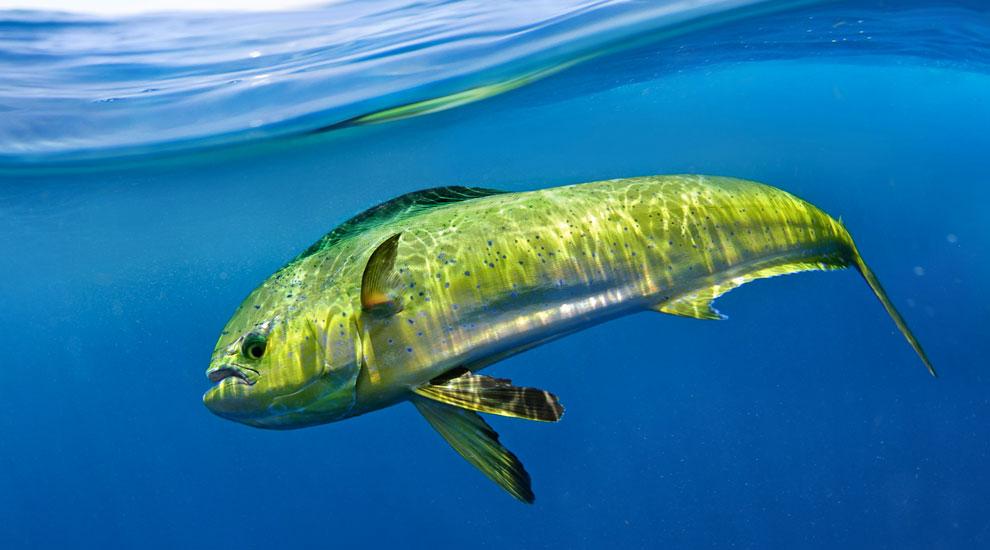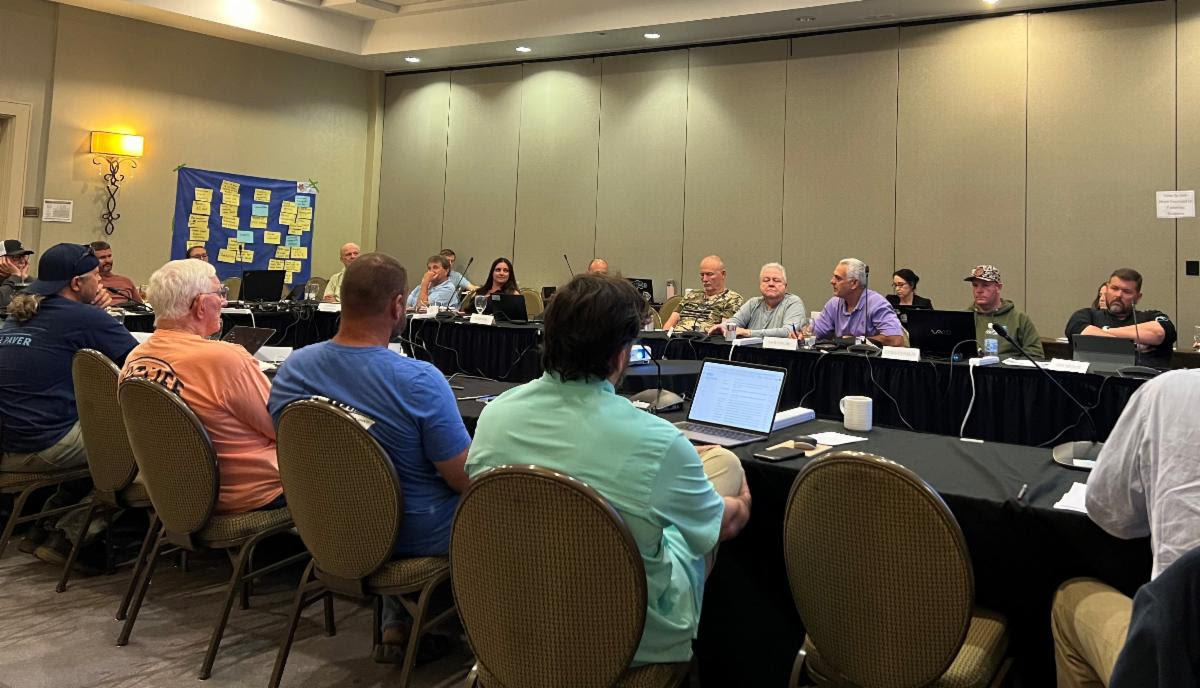Dolphin Wahoo
Dolphin Wahoo
The Dolphin Wahoo Fishery Management Plan applies to the common dolphin, pompano dolphin, bullet and frigate mackerel, and wahoo resources of the Atlantic, including the jurisdictions of the South Atlantic, Mid Atlantic, and New England Fishery Management Councils. The original FMP was approved in 2003.

FMP Goals and Objectives
Official name: Fishery Management Plan for the Dolphin and Wahoo Fishery of the Atlantic.
Species
Staff contacts
Upcoming meetings
Amendments under development
-
Dolphin Wahoo Amendment 14
Also included in the Comprehensive For-Hire Reporting Improvement Amendment. To improve for-hire reporting requirements.
Public hearing -
Dolphin Wahoo Amendment 13
Included in the Comprehensive Recreational For-Hire Limited Entry Amendment. Establishes limited entry for the for-hire components of the snapper grouper, coastal migratory pelagics, and dolphin wahoo fisheries.
Pre-scoping -
Dolphin Wahoo Amendment 4
Included in the Joint Commercial Electronic Logbook Reporting Amendment. Modifies reporting requirements for commercial logbooks in the snapper grouper, coastal migratory pelagics (mackerel and cobia) , and dolphin wahoo fisheries.
Secretarial review -
Dolphin Wahoo Regulatory Amendment 3
Includes actions that would increase the applicable geographic range of the 20” FL minimum size limit for dolphin, modify bag and vessel limits for dolphin, and reduce or remove captain and crew bag limits of dolphin.
Public hearing
Completed Amendments
-
Dolphin Wahoo Amendment 11
Included in the Comprehensive Acceptable Biological Catch Control Rule Amendment. Modifies the Acceptable Biological Catch (ABC) Control Rule to address scientific uncertainty, management risk, and rebuilding stocks. Specifies criteria and procedures for phase-in of ABC changes and carry-over of unused portions of annual catch limits.
Feb 2, 2024 -
Dolphin Wahoo Amendment 10
Revises the acceptable biological catch, annual catch limits, sector allocations, accountability measures, and management measures for dolphin and wahoo.
May 2, 2022 -
Dolphin Wahoo Amendment 12
Added bullet and frigate mackerel to the Dolphin Wahoo Fishery Management Plan as ecosystem component species.
Jun 9, 2021 -
Dolphin Wahoo Amendment 9
Included in the Comprehensive For-Hire Electronic Reporting Amendment. Modified reporting requirements for federally-permitted charter vessels and headboats in the snapper grouper, dolphin wahoo, and coastal migratory pelagics (mackerel and cobia) fisheries.
Jan 4, 2021 -
Dolphin Wahoo Regulatory Amendment 1
Established a commercial trip limit for Atlantic dolphin for vessels with a Federal commercial permit for Atlantic dolphin and wahoo.
Mar 21, 2017 -
Dolphin Wahoo Amendment 7
Addressed possession and handling of dolphin and wahoo fillets for vessels entering the U.S. EEZ after lawful harvest in The Bahamas.
May 1, 2015 -
Dolphin Wahoo Amendment 8
Adjusted sector allocations for dolphin. Modified accountability measures for snapper grouper species and golden crab.
Feb 1, 2015 -
Dolphin Wahoo Amendment 5
Revised the acceptable biological catch, annual catch limits, sector allocations, and accountability measures for dolphin and revised framework provisions.
Jul 9, 2014 -
Dolphin Wahoo Amendment 3
Included in the Comprehensive Dealer Reporting Amendment. Modified permitting and reporting requirements for seafood dealers receiving federally managed species under eight fishery management plans.
Jul 7, 2014 -
Dolphin Wahoo Amendment 6
Included in the Comprehensive Headboat Reporting Amendment. Modified reporting requirements for federally-permitted headboats fishing in the South Atlantic for snapper grouper species, dolphin and wahoo, and coastal migratory pelagics (mackerel and cobia).
Jan 27, 2014 -
Dolphin Wahoo Amendment 2
Included in the Comprehensive Annual Catch Limit Amendment. Established acceptable biological catch (ABC) control rules, ABC levels, annual catch limits, sector and jurisdictional allocations, and accountability measures for species not undergoing overfishing; modified the snapper grouper fishery management unit (removed species, designated ecosystem component species, established complexes).
Apr 16, 2012 -
Dolphin Wahoo Amendment 1
Included in the Comprehensive Ecosystem-Based Amendment 1. Established deepwater Coral Habitat Areas of Particular Concern (CHAPC) and established Shrimp Fishery Access Areas and Allowable Golden Crab Fishing Areas within the CHAPCs. Provided spatial information for Essential Fish Habitat (EFH) and EFH-HAPC under multiple fishery management plans.
Jul 22, 2010 -
Dolphin Wahoo Fishery Management Plan
This original FMP intended to conserve and manage dolphin and wahoo off the Atlantic states (Maine through the east coast of Florida), and to ensure that no new fisheries for dolphin and wahoo develop.
Jun 28, 2004
